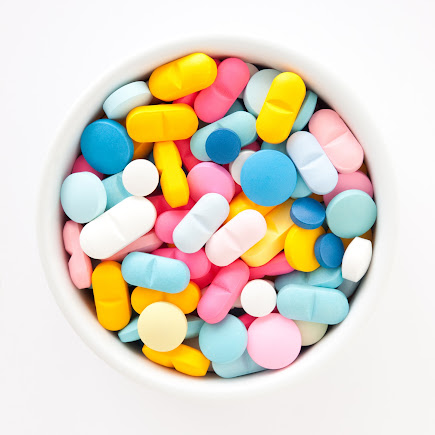High prevalence of gastroesophageal reflux disease (GERD) to foster the growth of the ranitidine market
Ranitidine,
an anti-platelet drug, is the second most popular choice among diabetics to
lower blood sugar. The main properties of Ranitidine are its glycoside bound
trimethylester, trihalomethanes (THMs), and its suppression of platelet
activity. It was first introduced in the United States in 1981 and is now
available throughout the world. Ranitidine (also known as Niaspan) is most
useful for treating gastric ulcers and conditions such as gastritis,
cholecystitis, and duodenal ulcers caused by Helicobacter pylori infection.
Ranitidine has a faster onset of action than that of metformin, a commonly
prescribed ulcer drug.
The
growing prevalence of high prevalence of gastroesophageal reflux disease (GERD)
and stomach ulcers is propelling the growth of the ranitidine market. According
to the National Center for Biotechnology Information, in the United States,
peptic ulcer disease affects approximately 4.6 million people annually, with an
estimated 10% of the US population having evidence of a duodenal ulcer at some
time. H pylori infection accounts for 90% of duodenal ulcers and 70%-90% of
gastric ulcers. The increasing focus of key manufacturers to introduce
innovative and novel drugs for the treatment of gastroesophageal reflux disease
is also expected to foster the growth of the market. Furthermore, growing
research and development activities for developing the novel drug in order to
enhance the treatment efficacy is further anticipated to augment the growth of
the ranitidine
market.
On
the other hand, stringent regulatory guidelines of FDA in the manufacturing and
commercialization of drug is expected to restrict the growth of the ranitidine
market. For instance, in January 2020, the testing lab has led into the Zantac
impurity fray and urged the FDA to recall all ranitidine drugs. Emery Pharma
announced that its testing shows that the level of the suspected carcinogen
NDMA can increase if the drug is exposed to high heat, even after it has been
packaged.
North
America is projected to gain significant growth over the forecast period and
this is attributed to the increasing launch of novel drugs for the treatment of
stomach ulcers. For instance, in February 2018, Drug firm Strides Shasun
announced the launch of Ranitidine Tablets USP, 150 mg, used to treat peptic
ulcers of the stomach and intestines, in the US markets. Strides is already a
key player in the US Ranitidine Rx market with a 32 percent market share.
Key Developments:
1. In November 2019, Strides Pharma
Science has relaunched Ranitidine tablets used in ulcer treatment in the US as
the level of NDMA (N-nitrosodimethylamine) in its product was found to be
within acceptable limits
2. In June 2019, ANI
Pharmaceuticals, Inc. announced the launch of Ranitidine Capsules, 150mg, and
300mg. The current annual U.S. market
for this product is approximately $40 million.




Comments
Post a Comment